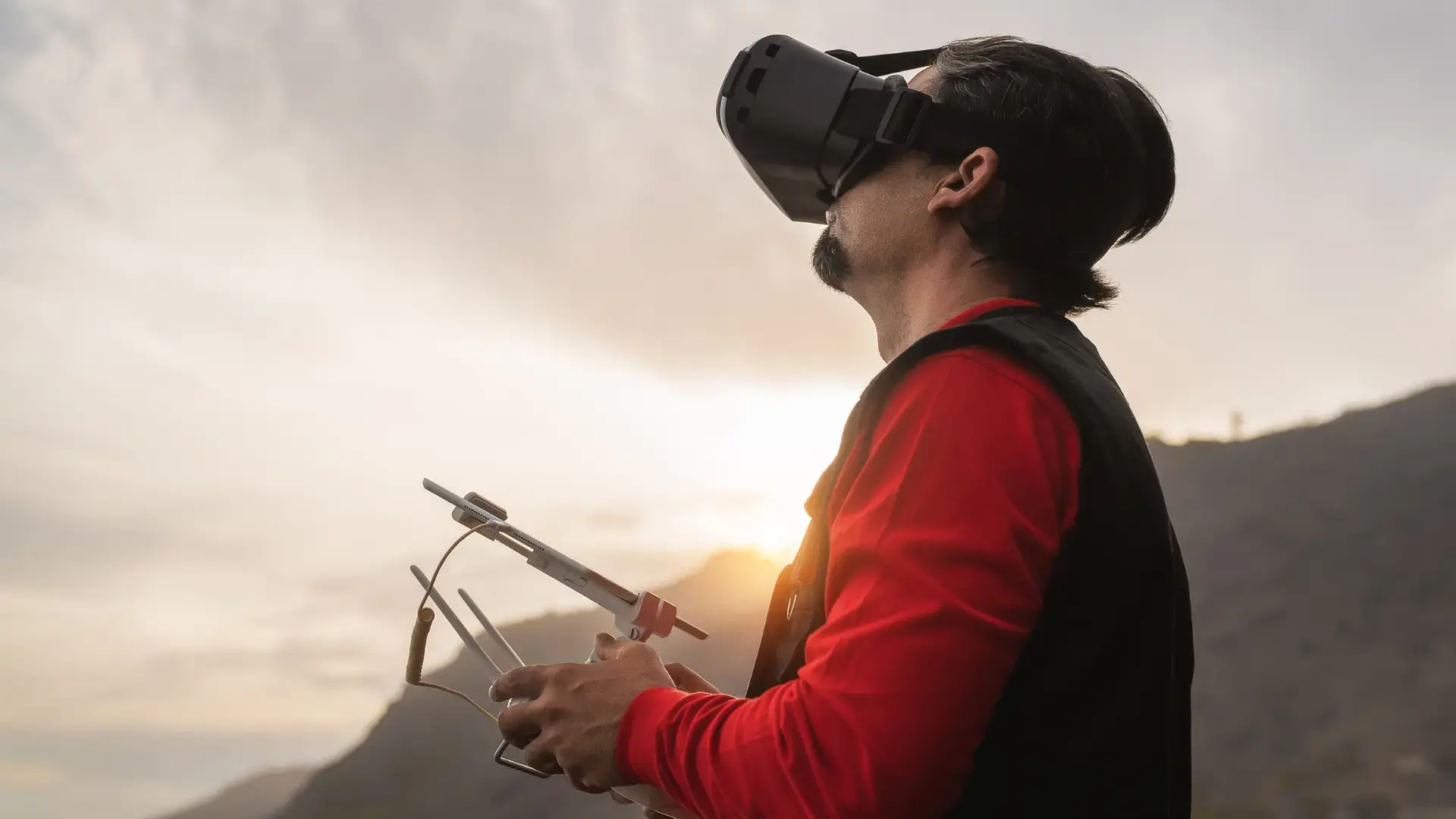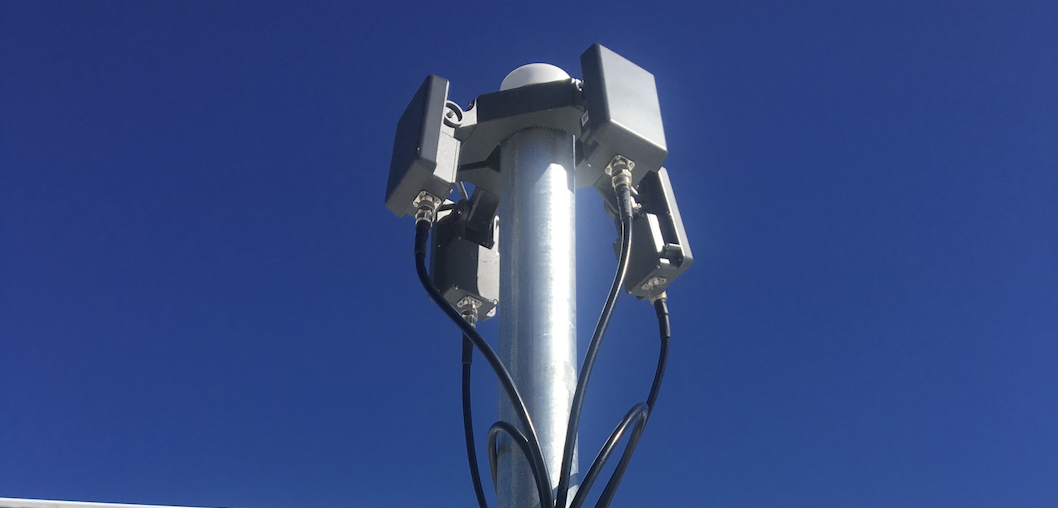This week, the U.S. Department of Transportation and the Federal Aviation Administration (FAA) proposed a landmark rule change that promises to reshape the American sky. The new regulations, announced Tuesday, aim to streamline the process for Beyond Visual Line of Sight (BVLOS) drone operations, moving away from a difficult waiver system to a standardized approval process.
For commercial drone operators, this is a watershed moment. Industry leaders like the Association for Uncrewed Vehicle Systems International (AUVSI) and companies such as Amazon and Flytrex have rightly praised the move as a catalyst for innovation. The potential for long-distance drone delivery, large-scale agricultural applications, and remote infrastructure inspection is immense. As Transportation Secretary Sean Duffy noted, the goal is to unshackle American innovation from a "bureaucracy in place that makes it incredibly difficult."
However, from an airspace security perspective, opening the skies to routine, long-distance flights introduces a new and more complex threat landscape. While we at AirSight recognize the significant commercial benefits, we also understand that every step forward in legitimate drone use can be exploited by those with malicious intent.
The Double-Edged Sword of BVLOS
The core challenge lies in the very nature of BVLOS. When drones are operated from miles away, the link between the aircraft and its operator is physically and visually severed. This creates two critical security vulnerabilities:
- The Normalization of Anonymous Air Traffic: As thousands of legitimate commercial drones begin to traverse populated areas and fly over critical infrastructure, the appearance of a drone will become commonplace. This creates "background noise," making it significantly harder for security personnel to distinguish a sanctioned Amazon delivery drone from an unauthorized surveillance drone. A rogue drone flying a pre-programmed route to surveil a sensitive facility will no longer be an immediate anomaly; it will be a needle in an ever-growing haystack.
- Lowering the Barrier for Malicious Use: The technology and techniques required for stable, long-range drone flight will become more accessible and refined. Malicious actors—from corporate spies and organized criminals to terrorists—can leverage these advancements. The same capabilities that allow a drone to deliver a package over five miles can be used to deliver a dangerous payload, smuggle contraband over secure perimeters, or conduct untraceable surveillance.
The news report itself highlights these concerns, referencing the use of drones in the Ukraine war, for drug smuggling, and for espionage. The recent collision between a hobbyist drone and a "Super Scooper" firefighting plane in California is a stark reminder of the danger. The operator, who was 1.5 miles away, admitted to losing sight of his drone—a clear case of unintentional but dangerous BVLOS flight. If an accident can cause this much damage, imagine the potential of a deliberate attack.
Airspace Intelligence: The Non-Negotiable Countermeasure
The proposed FAA rule includes critical safety measures like collision-avoidance technology and operator certification. These are essential steps for managing cooperative, rule-abiding drones. But they do nothing to detect or mitigate the uncooperative, unauthorized, or criminal drone.
This is where the paradigm for security must shift. Ground-based physical security is no longer enough. As the threat vector moves from the fence line to the sky above, organizations need a comprehensive, real-time view of their airspace.
The new era of BVLOS operations means that:
- Detection is Paramount: You cannot protect against a threat you cannot see. A robust airspace security system must be able to detect and track all drones in a given airspace, regardless of whether they are transmitting cooperative signals.
- Identification is Critical: The key challenge is differentiation. Security teams need the ability to instantly distinguish between an authorized commercial flight and an unidentified drone that requires immediate attention. This requires a system that can correlate drone activity with known flight plans and operator IDs.
- Forensics are Essential: In the event of an incident, the ability to access a complete history of drone activity is vital for investigation and analysis. Understanding a rogue drone’s flight path, origin, and behavior is key to preventing future threats.
While the FAA's new rule is a necessary step to unlock the economic potential of drones, it simultaneously makes professional airspace security an absolute necessity. The future is one of busy skies. For businesses, critical infrastructure, public venues, and law enforcement, preparing for this future means deploying the tools to ensure that we control our airspace, rather than letting it be controlled by anonymous threats from beyond the horizon.











